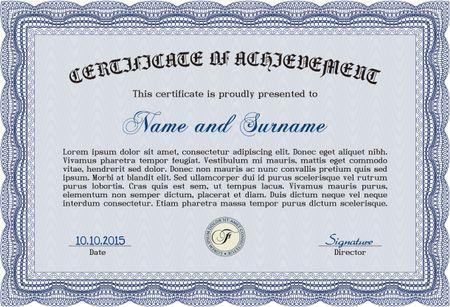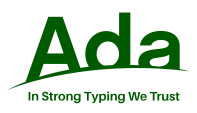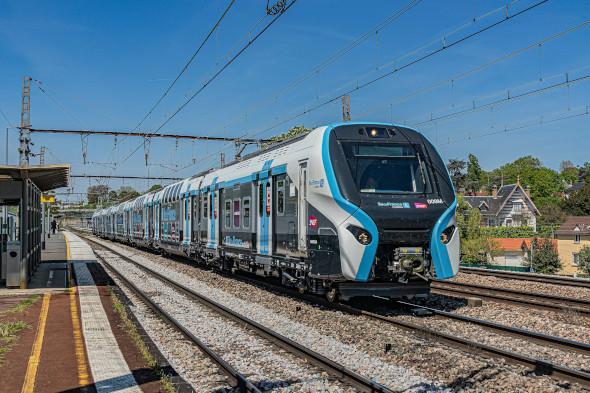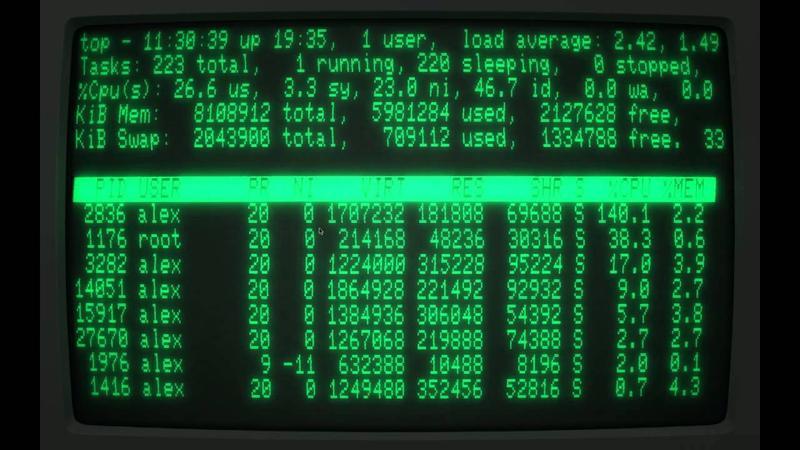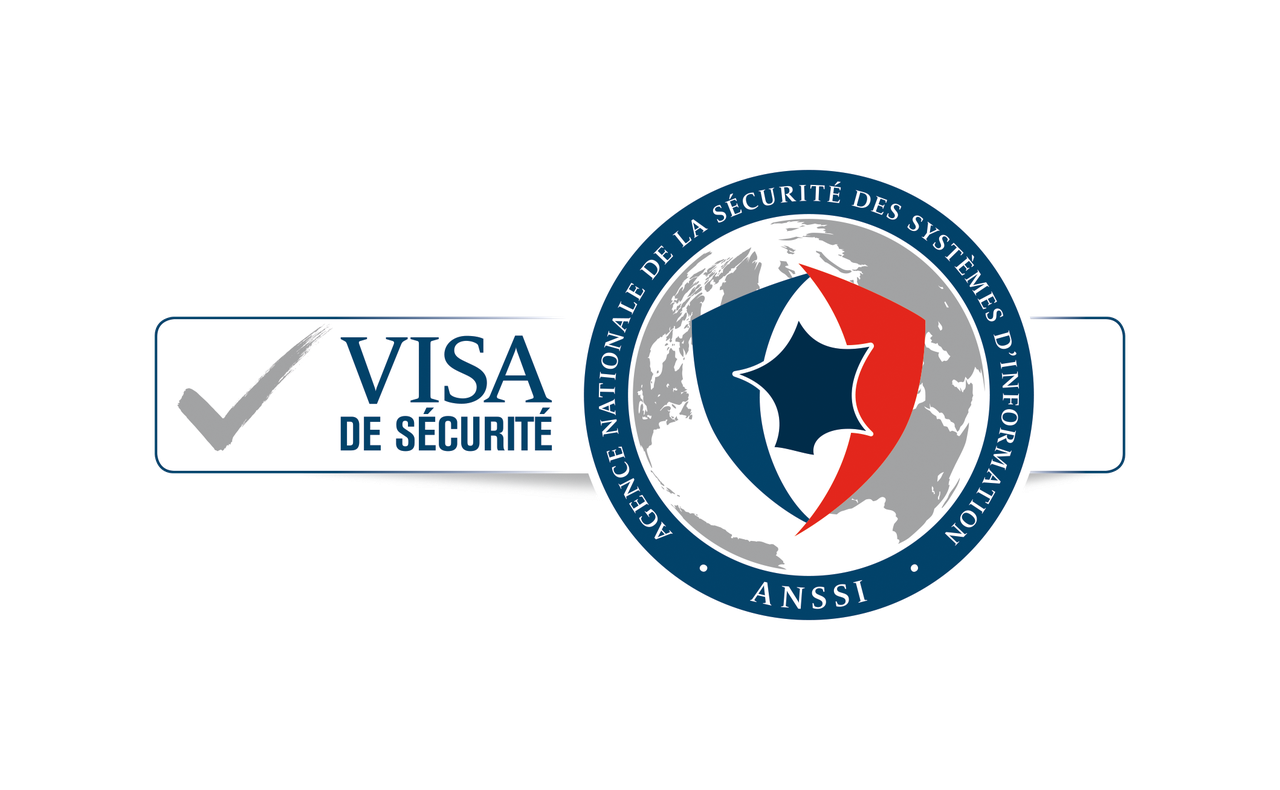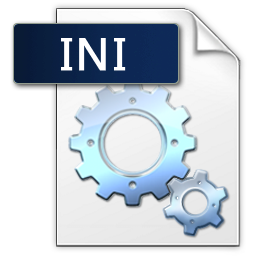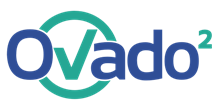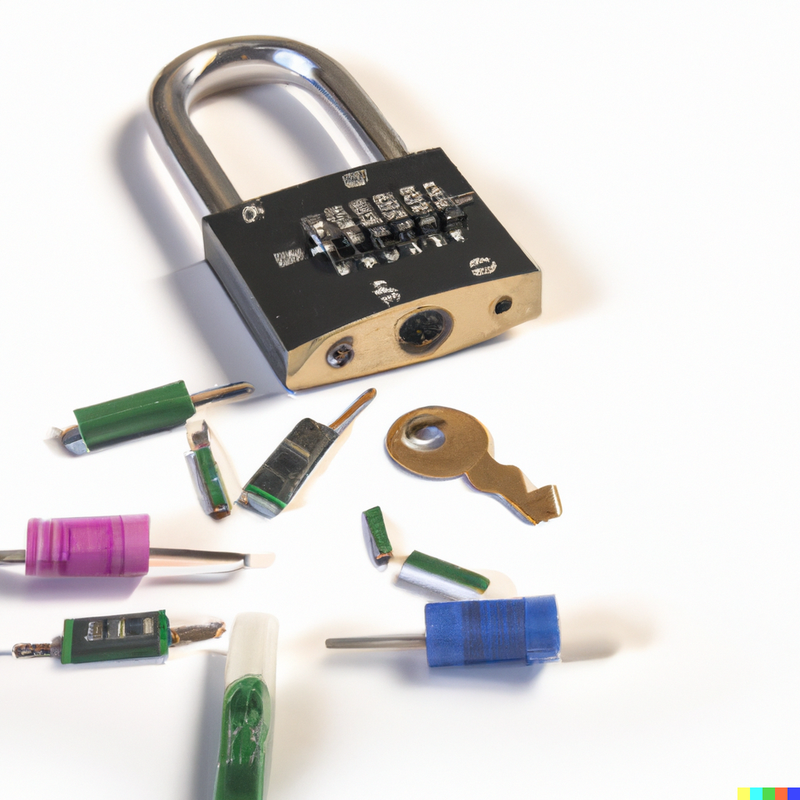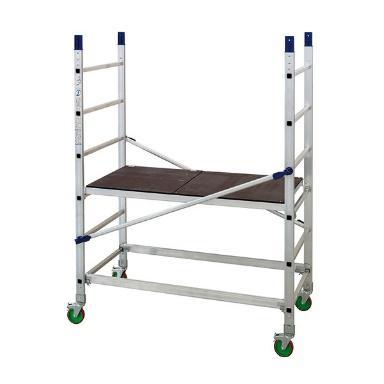Découvrez trois bonnes raisons d’adopter l’open-source
L’Open Source : bien plus que du code gratuit
Davantage de garanties de Cybersécurité
À ses débuts, l’Open Source a fait face à de la défiance concernant la cybersécurité de par la possibilité d’accéder au code source. Il a depuis prouvé que cet accès apportait au contraire de meilleures garanties que du code propriétaire fermé : cela permet à différents acteurs, allant des utilisateurs aux universitaires en passant par les agences nationales de cybersécurité, d’auditer le code pour s’assurer de la présence des mécanismes indispensables (chiffrement, gestion de certificats/rôles…) et de l’absence de failles (CVE, backdoors, …).



